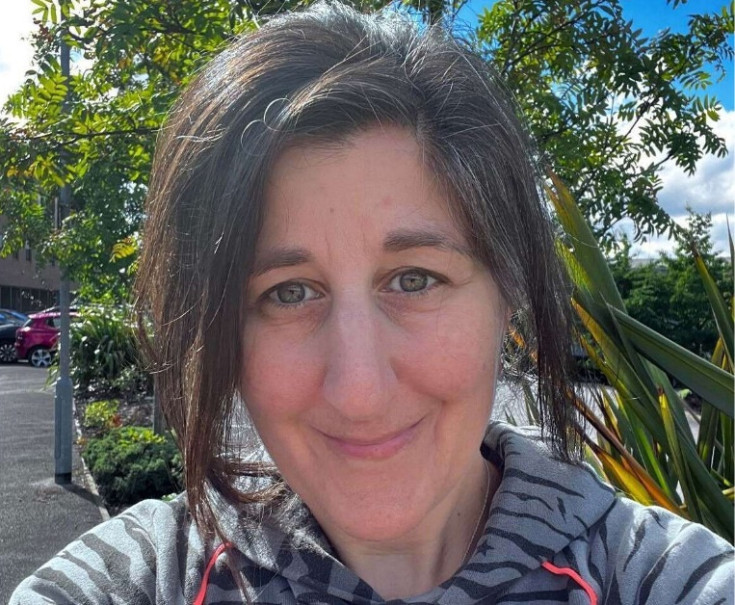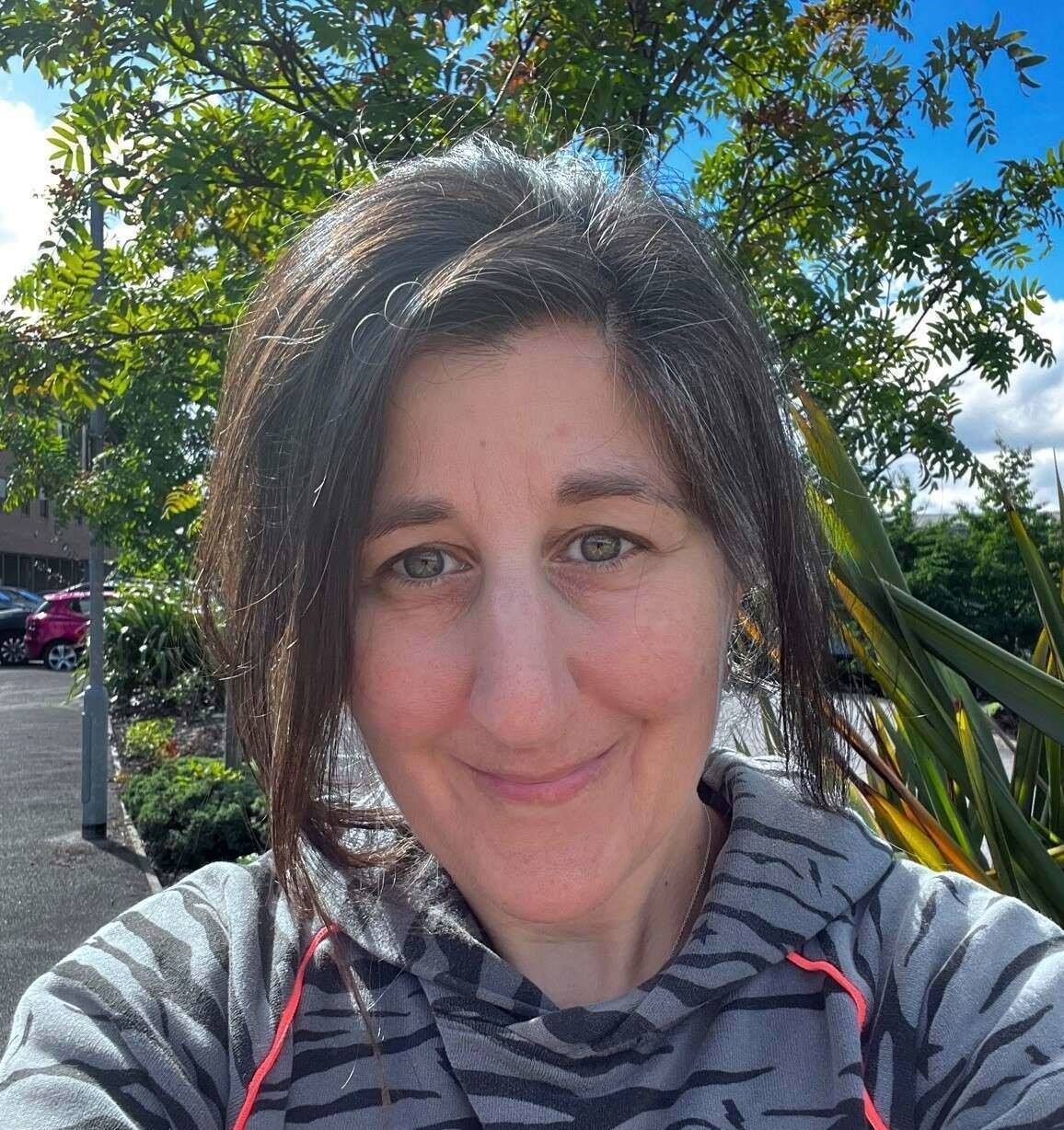Vets Now ECC Congress is back in person after two years of virtual events. One of the key speakers is Sophie Adamantos BVSc CertVA DACVECC DipECVECC MRCVS FHEA EBVS and RCVS Specialist in Emergency and Critical Care. Sophie has worked at the RVC and Langford Vets, where she was involved in the development of their ICUs. Since 2018 Sophie has been Clinical Director of Paragon Referrals. She loves all things cat and has a specific interest in transfusion medicine and haematological abnormalities.
The Congress will take place at The Royal Armoury in Leeds on November 3 and 4, with up to 80 hours of CPD.
What’s your veterinary background?
I graduated in 1999 and initially I had an interest in feline medicine and anaesthesia. I did an internship in anaesthesia at Bristol University, and it was while I was there that I had my first exposure to ECC. A great clinician, Dan Holden, ran the ICU and he really opened my eyes to it. When I finished that role, I moved on to the Animal Health Trust. I did a rotating internship, having some more exposure to ICU as we did a lot of neurosurgery and I was able to get really stuck in to the post-operative care of these patients.
How did things progress?
I looked to see where I could get further training and there were few opportunities at that time. But in 2002, I was the first to start a residency in ECC at the RVC. I was then joined by another resident Sergi and Amanda Boag as a Fellow later on. Amanda and I did our exams together in 2005 and I became a Diplomat, staying at the RVC until 2013. I moved to Langford Vets, in Bristol, and am now Clinical Director at Paragon, which is a multi-disciplinary referral hospital in Wakefield.
Were you conscious of your pioneering role?
I was aware of being the first ECC resident in the UK at the RVC and we were a small team among all the specialists there. But I think Dez Hughes, who trained in America and came back here as the first ECC specialist to work in the UK, was the pioneer who set it all going. Amanda and I came along, with Dan Chan, and we are all very proud of what has come from what started at RVC.
What is the appeal of ECC?
I like the problem-solving aspect, having to work out what is going on very quickly when you often have only a small amount of information.
What’s your role at Paragon?
As Clinical Director, my main focus is clinical quality. I want to enable the vets and vet nurses to deliver the highest-quality care possible. That involves understanding what quality means and how to assess it. So, you can look at safety, effectiveness and efficiency of care and how patient-centred you are. I look at the clinical team as a whole and it’s so varied that no two days are the same.
You have four sessions at Congress. Tell us about Diagnosing the Bleeding Patient (November 3 9.30am).
Spontaneous bleeding in pets is really worrying for vets and owners. To rapidly treat the patient appropriately, you need to identify the cause. There are several conditions causing severe haemorrhage that are relatively easy to diagnose and treat if you have the appropriate tools. So, we’ll be looking at a systematic approach – what can cause it and how to rapidly identify the problem. I hope those who attend can see how to simplify their approach and have a methodical diagnostic plan to maximise the tools they have in their practice.
Then you have Controversies – Guidelines and Rules – Clinical Commodities or Just Tools for Fools? (November 3 16.30)
I’m doing this with Amanda Boag. There are increasing numbers of checklists and guidelines available in veterinary practice intended to let practitioners readily access evidence-based information to best treat patients. However, there is a thought that by being very prescriptive in your approach to certain conditions you may prevent people from being creative. You might miss something or stifle clinicians who are able to think outside the box. Amanda and I will be discussing the pros and cons of checklists and guidelines – when you should use them and when it may be appropriate not to use them. I hope that as well as being entertained, delegates may just reflect on their approach.
Then you have HIIBT Pathophysiology of Sepsis (November 4 8.30am).
Dan Lewis, Emma Donnelly and I will be discussing elements of the pathophysiology of sepsis using a High Intensity Interval Brain Training approach – which is similar to HIIT. We will be taking sections in 10 to 15-minute segments. We’ll look at the definitions of sepsis, the cellular response, the clinical signs and sensible treatment based on the pathophysiology. It will be brisk and lively, with a time for discourse and questions.
And you round it off with Controversies – Antibiotics in Sepsis (November 4 13.00)
This is another pros and cons one with Steve Epstein and I looking at antibiotic use within treatment of sepsis. That in itself is controversial, we know it treats bacterial infections but it’s important to use the right antibiotic for the right length of time. We’ll be looking at the evidence base to try and guide us through the controversies. So, when should you give antibiotics, is early better than late? Should we be tailored in our approach or be more broad-spectrum? And are short courses better than long courses? By presenting two points of view, we aim to give people food for thought.
And what are you most looking forward to about Congress?
Just seeing people I haven’t seen for a very long time. Being able to interact face-to-face is very different to interacting over a Zoom call or a Teams chat. You can also be a little more playful in your approach to lecturing. You can’t read the room when you’re speaking to a screen, so I’m going to enjoy seeing people in front of me again.
Finally, you are known as a cat-lover. What’s the attraction?
There are fewer cat-lovers than dog-lovers among vets, but I’d much rather have a cat than a dog in front of me as a patient and also a pet. People try and think of them as like dogs, but they are a completely different species with, from a veterinary perspective, some really interesting diseases.
Personally, I quite like the aloofness and that everything is on their terms, but that they are there when you want them. I have two cats at the moment, Clive and Gandalf – who has a white beard in case you were wondering!



